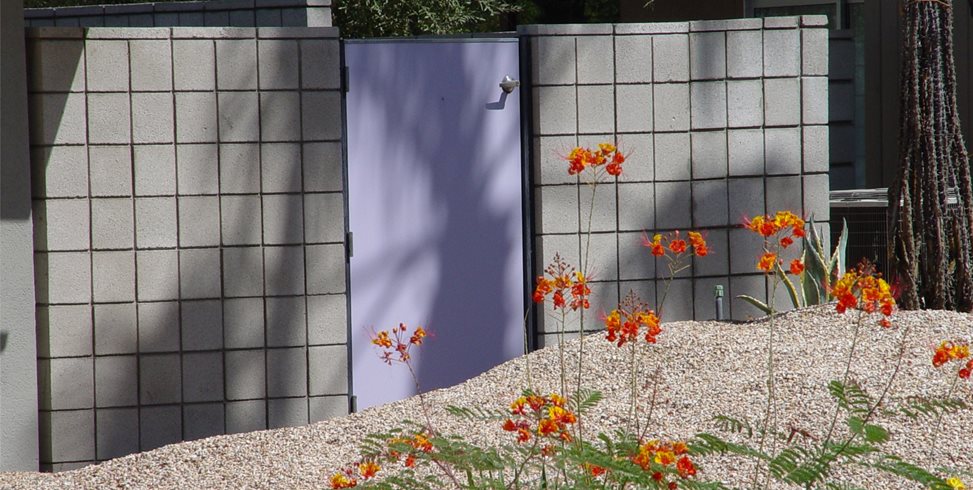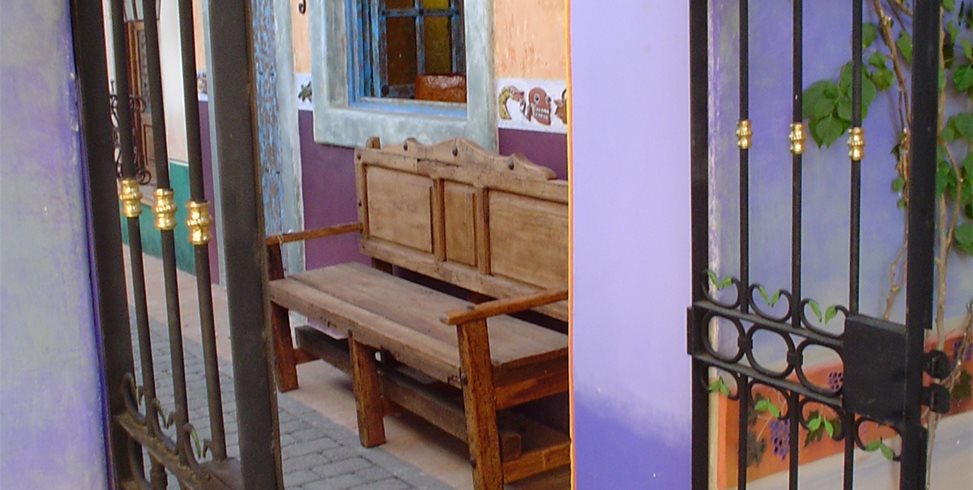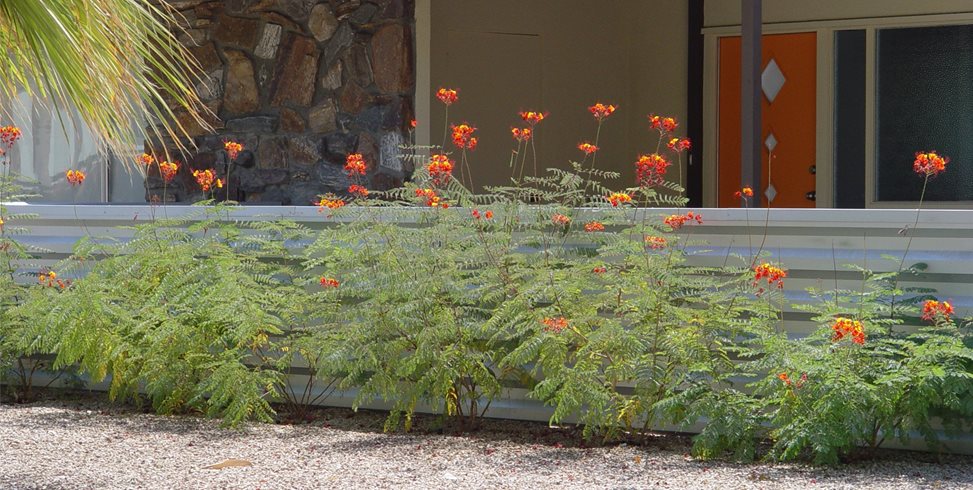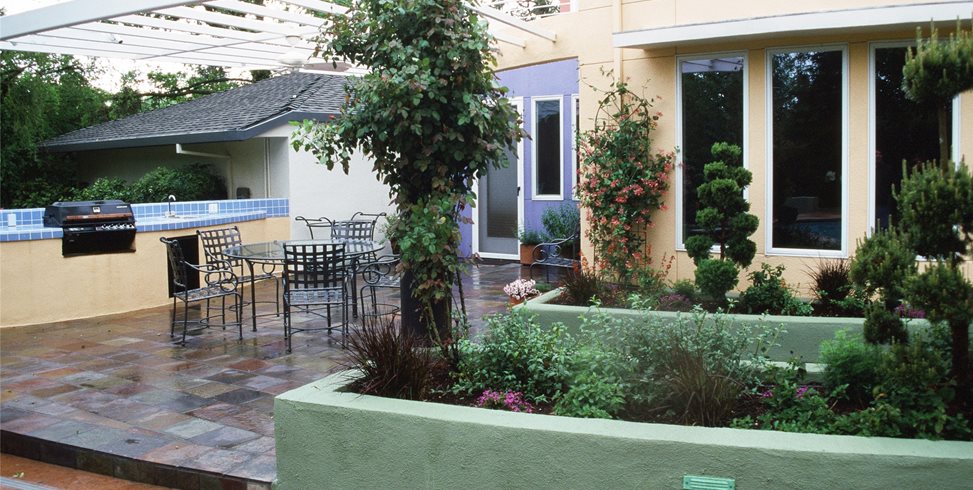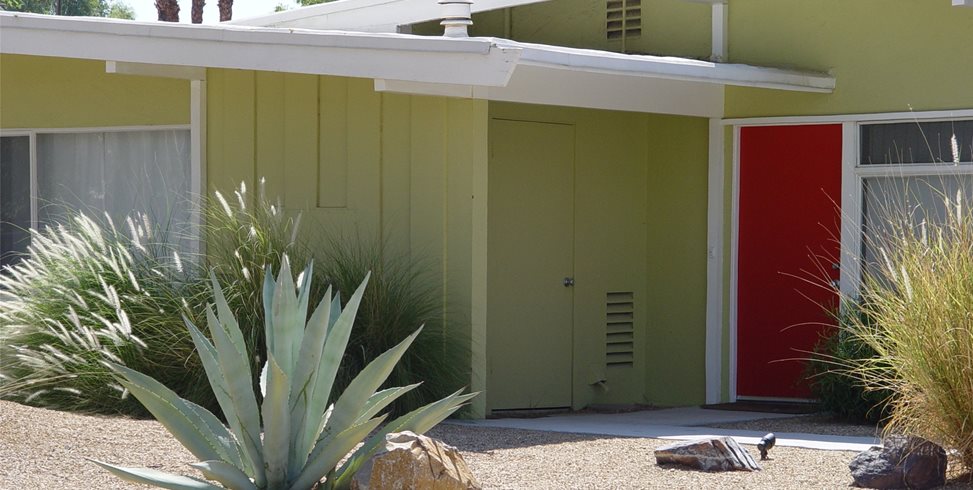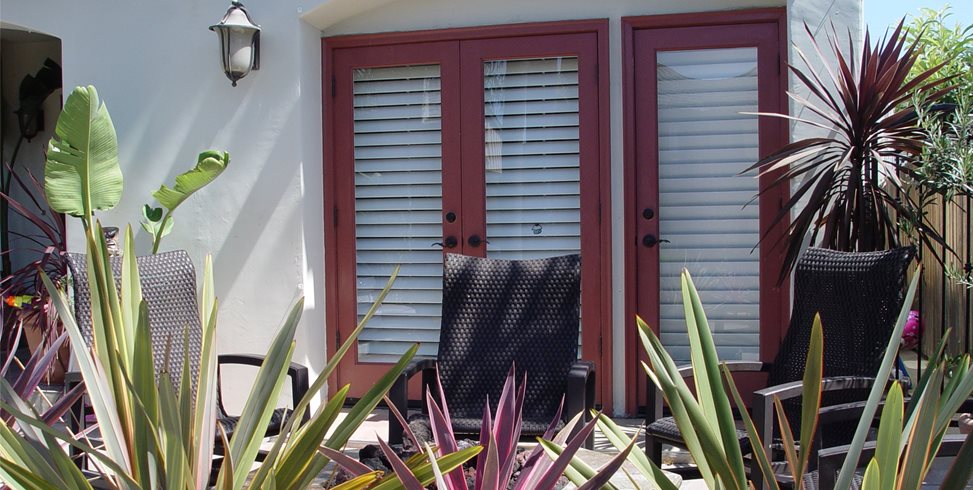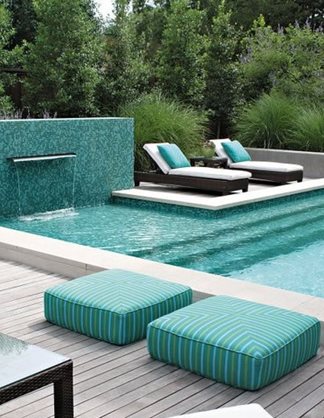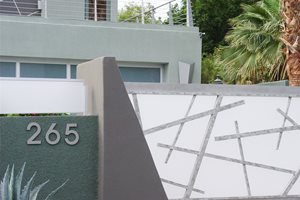4 Techniques for Color Selection
Tips for guiding your color choices for your gardenBright Color Ideas
Are you looking for ways to enliven your outdoor spaces with color? Check out these nine projects that successfully incorporate bold colors like aqua and orange into their landscapes.
When a designer selects color for a project, it is always a challenge to get it right. When the color is integrated into expensive hardscape, it can be impossible to change after the job is complete. For this reason they can't afford to have a client unhappy with the results, so they've developed some techniques to ensure they get it right the first time.
Test color in sunlight
Light is vital to how the human eye perceives color. Therefore it's vital to evaluate color in natural light before you make the final choice. Architects favor testing color on a sunny wall to determine how much the sun influences its ultimate appearance. They will select a few candidates, then paint a square of each one on the wall to study how each hue is affected by variable light. When it comes to selecting color for your hardscape, be sure to test the color under natural light. It's far easier to make changes at this point because correcting it later can be costly and time consuming.
Play off the interior color palette
A good designer will always study your interior color palette before she designs the landscape. It's because the landscape is often viewed from indoors through windows and glass doors. The ability to blend indoor with outdoor color palettes helps to integrate the two so there is no sudden change as you pass through a door to the patio. It's not essential that the interior and exterior colors be identical, they simply must be harmonious for a pleasing result.
Respect existing style palettes
Many well-known architectural styles favor a well established color palette. To get that style to work, you should always begin with this palette even if you plan for changes. These hues are the result of centuries of art and architecture and even building materials in the regions where the style originated. To obtain that look and feel it's essential for your designer to know the style well and thoroughly understand its color palette ahead of time.
Use a color-friendly designer
If you have a Spanish style home and want those coveted hot Mexi-colors, your designer must have a good feel for this palette. While a designer may be very talented, if she is not comfortable with hot colors in the landscape, she might not be the best choice for your job. Experience and time working with color in the landscape will show in the designer's built projects. If the palettes are on the cool or monochromatic side, that designer will have to work extra hard to meet your expectations. Another designer who has built projects that appeal to your sense of color may be a far better choice.
More Tips on Color
- In regions of intense UV exposure, colors should be bright and bold so that the inevitable fade doesn't leave them washed out.
- Colors for living spaces beneath a canopy of trees, be it natural forest or large old shade trees, will not appear as bright as the exact same color in a fully exposed site.
- Light colors make a structure seem larger by advancing in space, darker colors make it smaller as they retreat.
- In regions that experience extreme summer heat, lighter colors reduce the amount of heat absorbed into the material during the day. Absorbed heat will radiate back into the adjacent outdoor living spaces after dark.

 Backyards
Backyards
 Front Yards
Front Yards
